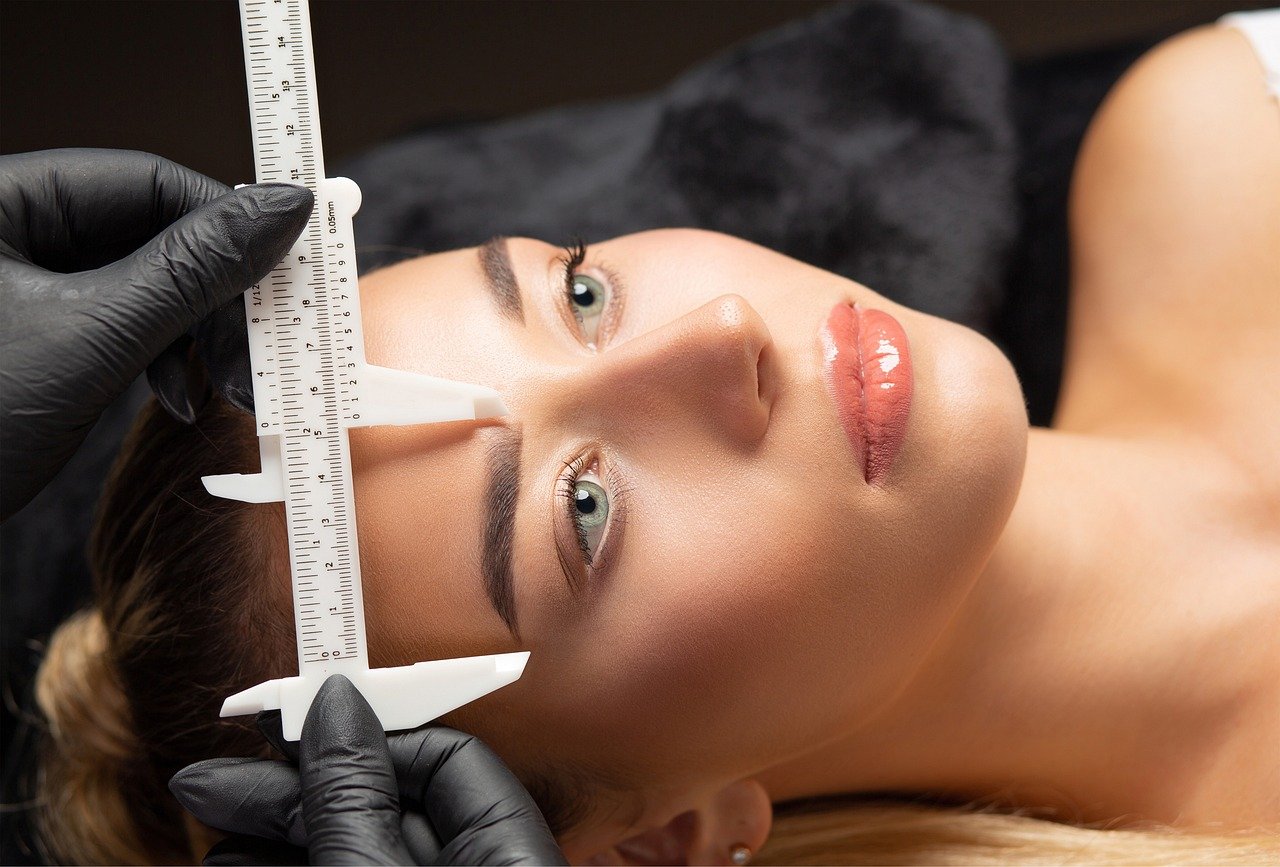
Innovating with Surgeons
Innovating in close partnership with surgeons leads to advancements that truly meet their needs. By collaborating directly, we can understand their challenges, refine techniques, and develop tools that enhance patient outcomes. This synergy not only drives innovation but also fosters a culture of continuous improvement in surgical practices.
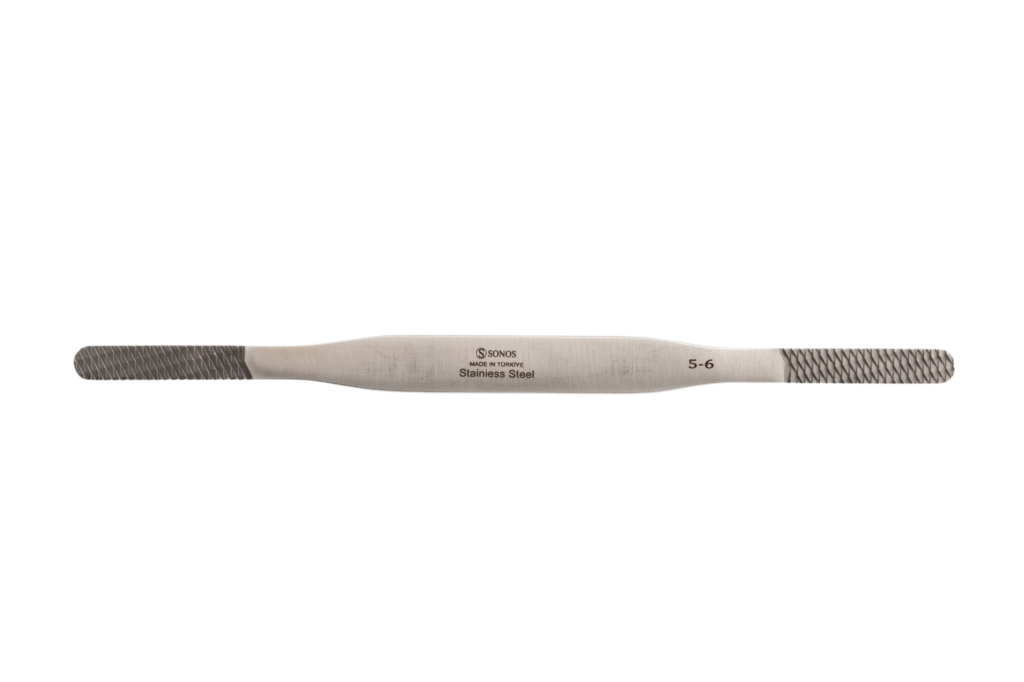
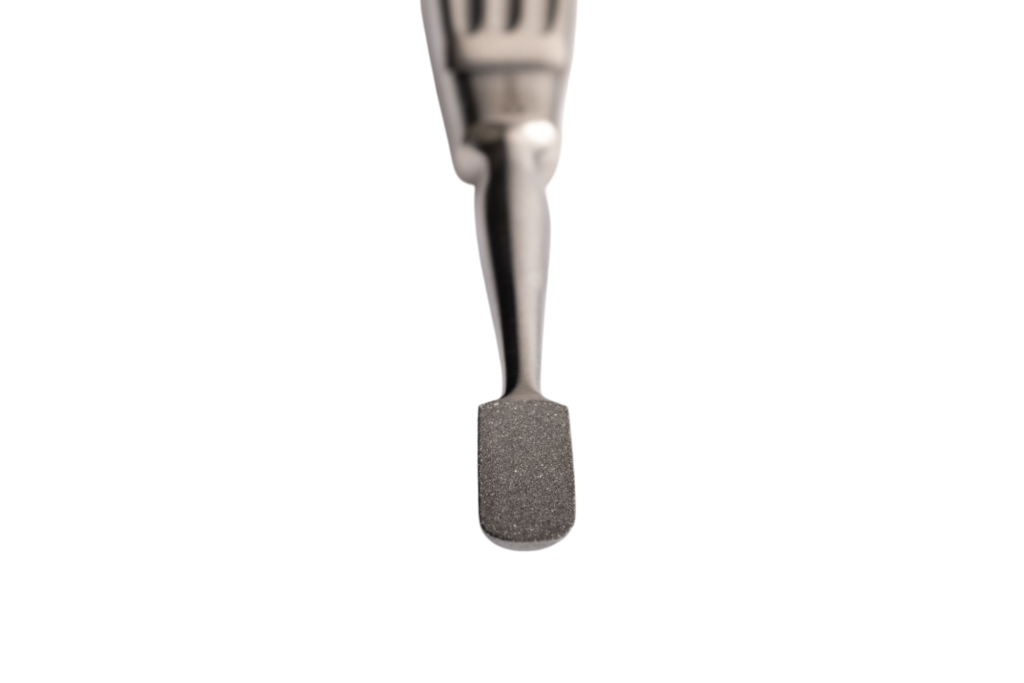
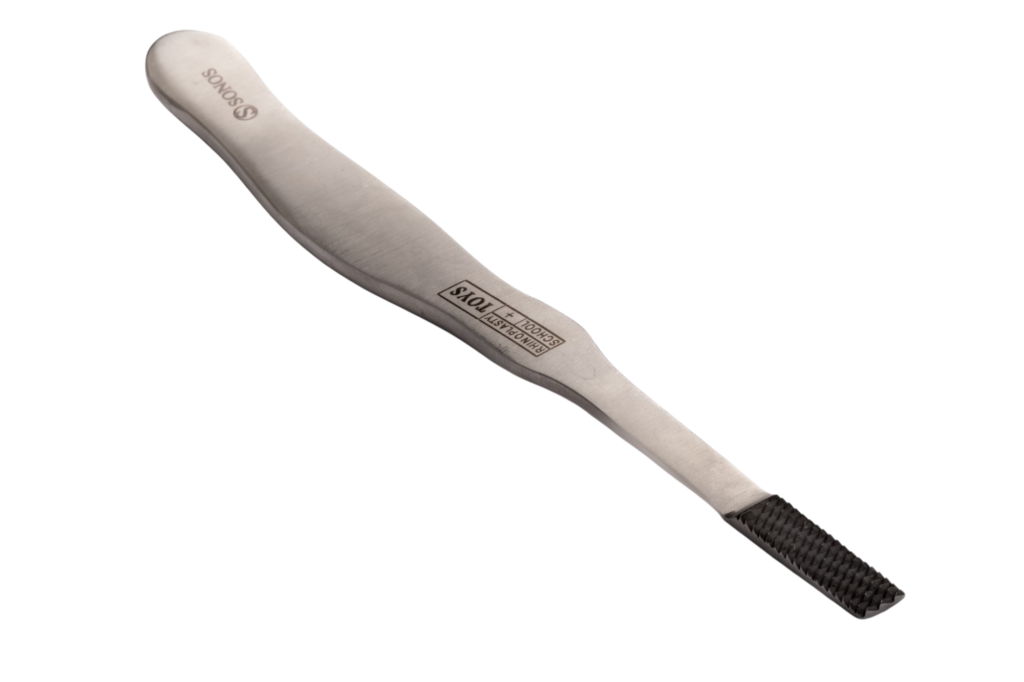
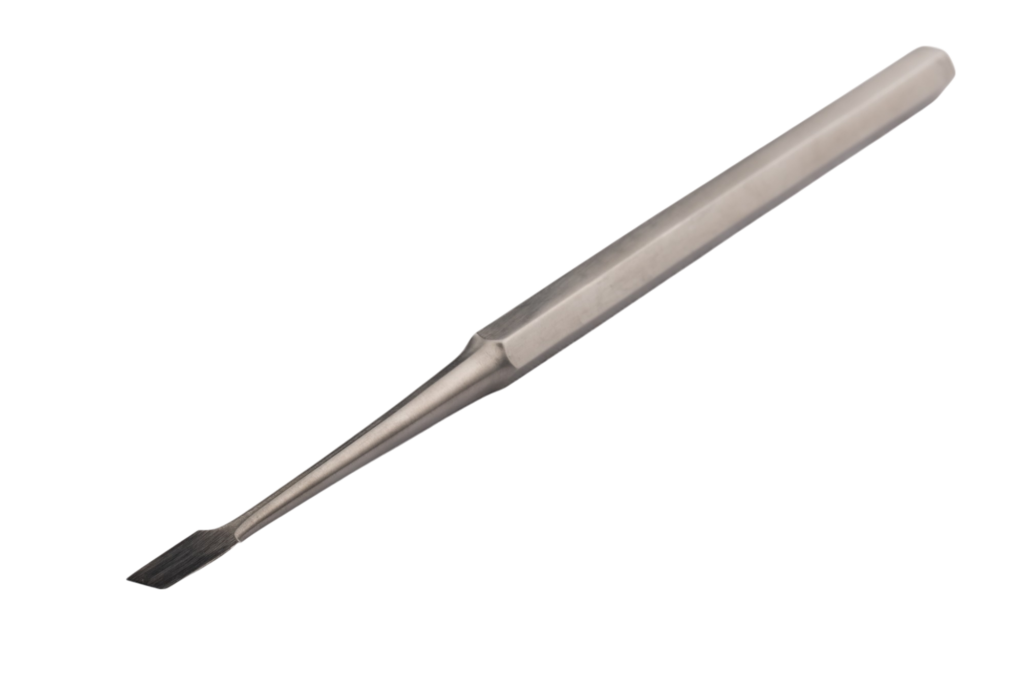
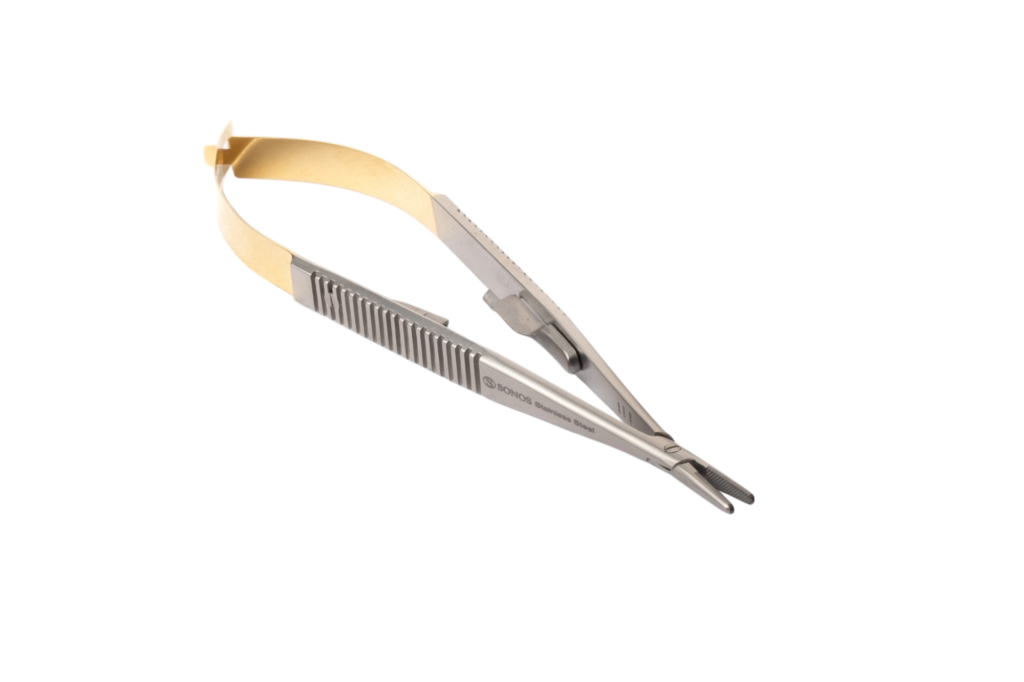
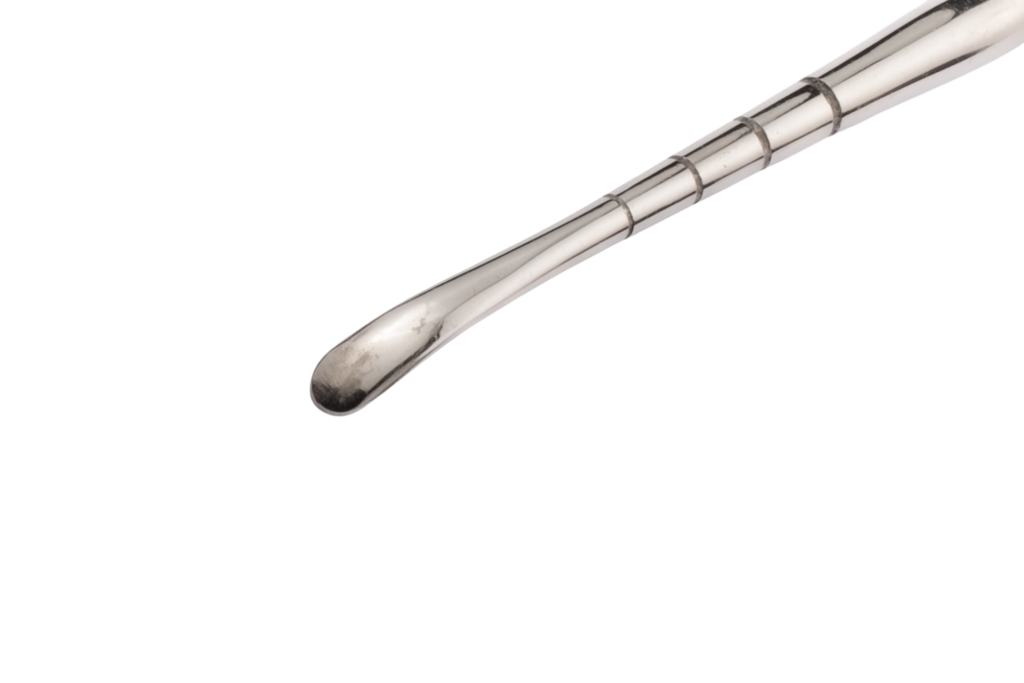
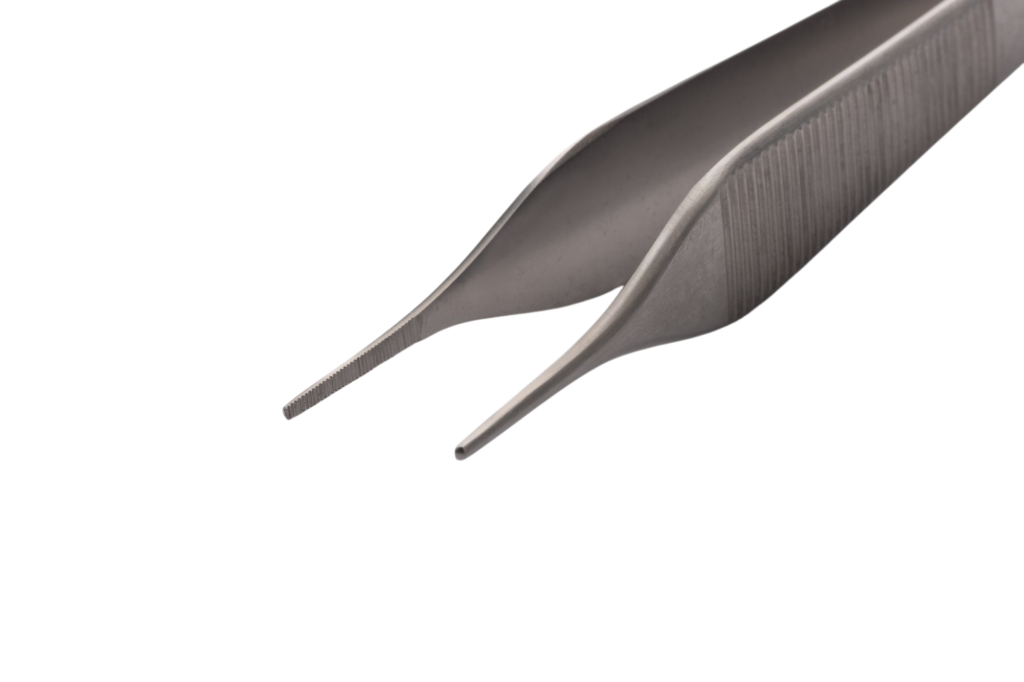
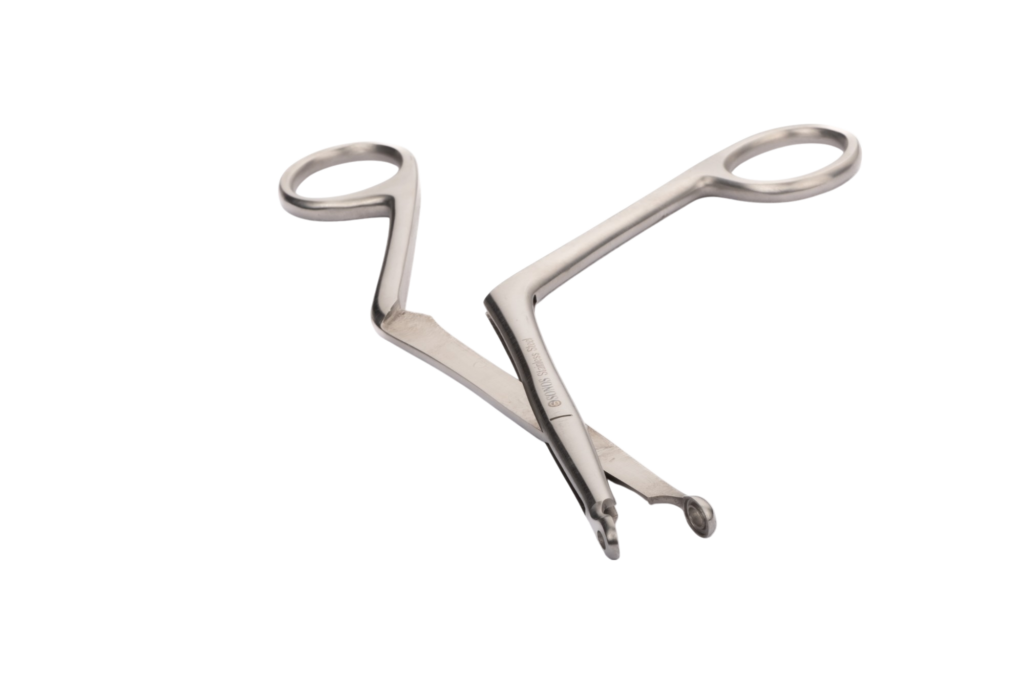
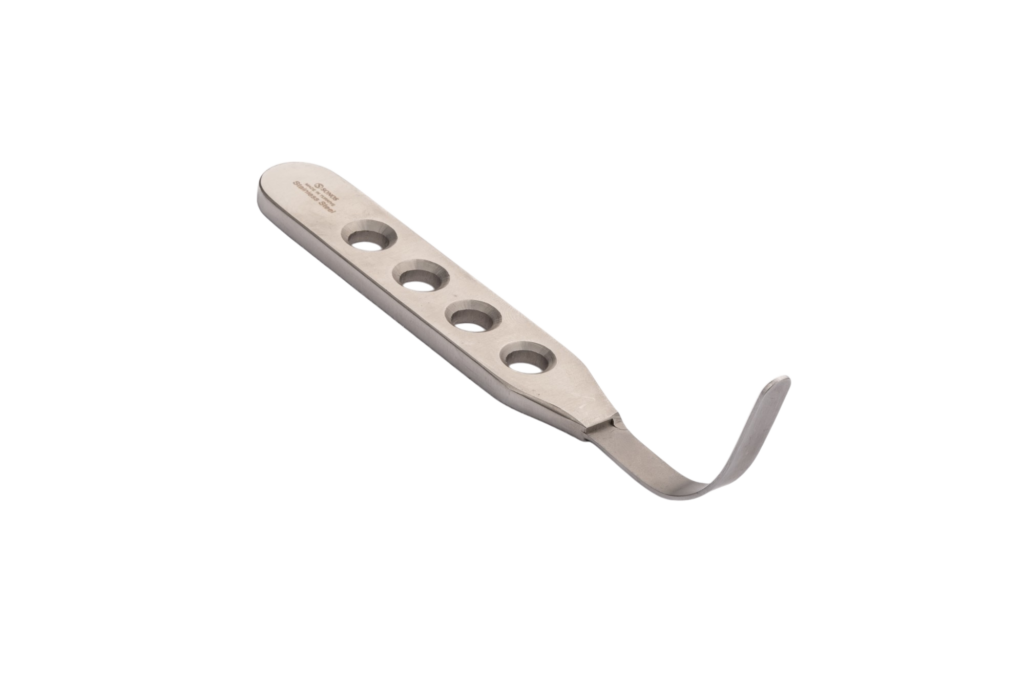
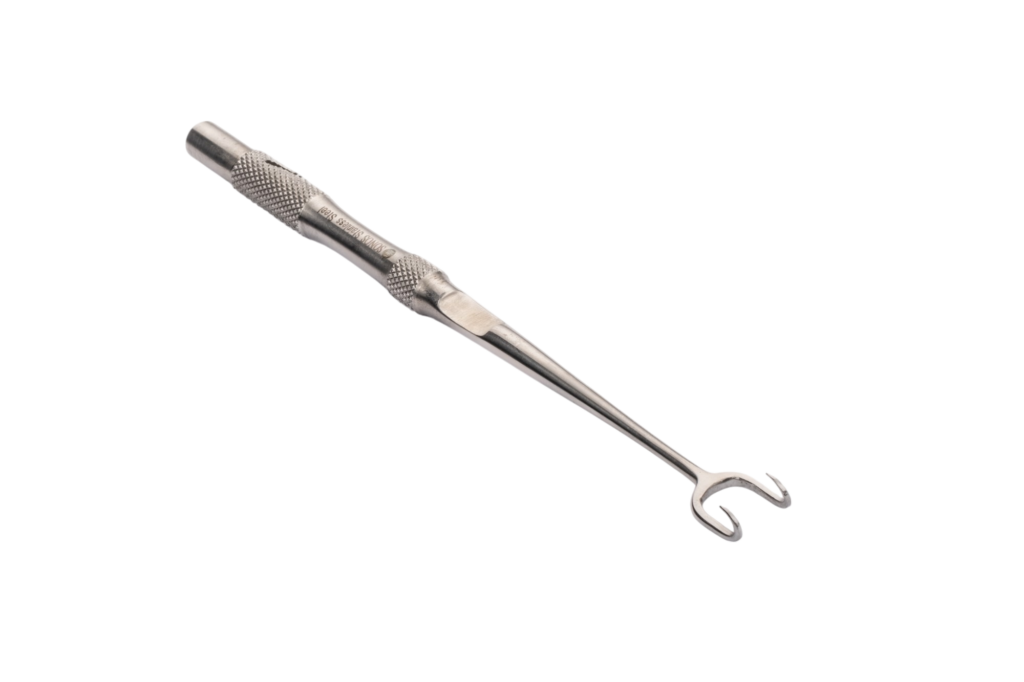
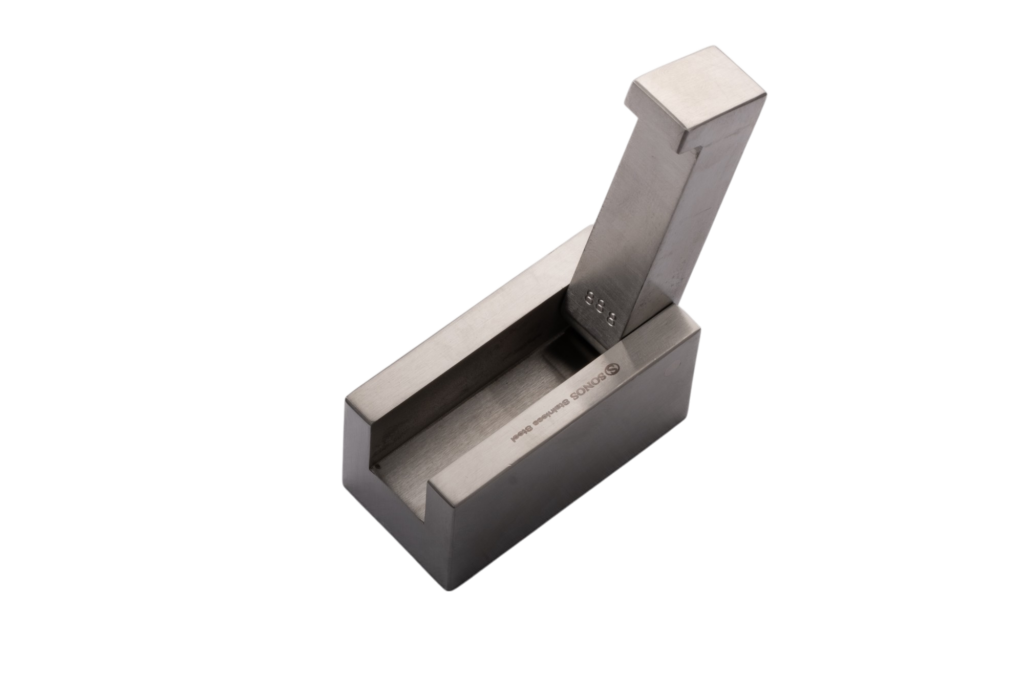

Excellence in Every Detail
Serving Surgeons with Integrity
Serving surgeons with high standards is essential for ensuring that they have the tools and support necessary to perform at their best. By maintaining rigorous quality controls and prioritizing reliability in our products and services, we empower surgeons to focus on what matters most: delivering exceptional care to their patients. Our commitment to excellence not only strengthens their confidence but also contributes to better surgical outcomes overall.
Nasal Osteotomies
Innovated by Sureyya Seneldir
FAQ
What is rhinoplasty surgery?
Rhinoplasty is a surgical procedure to reshape or repair the nose for cosmetic reasons or to improve nasal function (e.g., breathing). It may involve altering the bone, cartilage, or skin of the nose.
What are the main types of instruments used in rhinoplasty?
The main types of instruments used in rhinoplasty include:
- Scalpels (for making precise incisions),
- Rongeurs (for removing bone or cartilage),
- Osteotomes (for shaping bones),
- Elevators (for lifting tissues),
- Forceps (for grasping tissues),
- Rasp (for smoothing the nasal bone),
- Cautery devices (to stop bleeding),
- Sutures (for closing incisions).
Why are osteotomes used in rhinoplasty?
Osteotomes are chisel-like instruments used to cut, reshape, or remove bone during rhinoplasty. They are particularly useful when adjusting the shape of the nasal bones, such as narrowing the nose or realigning the bones after a break.
What is the purpose of nasal splints in rhinoplasty?
Nasal splints are applied after surgery to provide support and protect the nose during healing. They help maintain the newly reshaped structure and reduce swelling while promoting proper healing.
How are sutures used in rhinoplasty?
Sutures are used to close the incisions made during surgery. They can be either dissolvable (absorbed by the body over time) or non-dissolvable (requiring removal after a few days). They ensure the wound stays closed while healing occurs.
What is the role of forceps in rhinoplasty?
Forceps are used to grasp or hold tissues, cartilage, or other structures during the surgery. Their precision allows the surgeon to manipulate delicate areas without causing damage to the surrounding tissue.
Why is a surgical scalpel important in rhinoplasty?
A scalpel is essential for making precise, clean incisions that allow the surgeon to access the nasal bones, cartilage, and skin without unnecessary trauma to the surrounding tissues. It ensures minimal scarring.
How does a rasp work in rhinoplasty?
A rasp is a tool used to smooth and shape the nasal bones after they have been cut or reshaped. It works like a file, gently filing down rough edges and contouring the bone to achieve a smoother, more aesthetically pleasing nose shape.
What is a cautery device used for in rhinoplasty?
A cautery device is used to stop bleeding during surgery by sealing blood vessels. This minimizes blood loss and helps maintain a clear surgical field, which is important for precision and safety.
How does a speculum aid in rhinoplasty surgery?
A nasal speculum is an instrument used to widen the nostrils, allowing the surgeon to have a better view and access to the nasal cavity during surgery. It helps in visualizing internal nasal structures for precise adjustments.
What is the function of a surgical rongeur in rhinoplasty?
A rongeur is used for removing or trimming bone or cartilage. It has sharp, curved jaws that help with cutting and shaping structures, especially when reducing or sculpting the nasal bones during the procedure.
Are there any special instruments for cartilage grafting in rhinoplasty?
Yes, special instruments are used for cartilage grafting. These tools help shape and implant cartilage from other areas (e.g., the septum, ear, or rib) to provide structural support or enhance the nasal appearance. They are used to carefully harvest and place the grafts.
How long does it take to complete a rhinoplasty procedure?
The length of a rhinoplasty surgery can vary depending on the complexity of the procedure. On average, it takes about 1.5 to 3 hours, though it may take longer if additional procedures, such as cartilage grafting or septoplasty, are involved.
Why is surgical suction necessary during rhinoplasty?
Surgical suction is used to remove blood, fluids, or debris from the surgical area. This ensures the surgeon has a clear view of the nasal structures, which is crucial for precise and safe surgery.
What kind of aftercare is required after rhinoplasty?
After rhinoplasty, patients typically need to rest and avoid any strenuous activities for several weeks. Nasal packing or splints may be used temporarily, and follow-up appointments are important to monitor healing. Swelling and bruising are common, and pain management is part of post-operative care.
Are there risks involved with using surgical instruments in rhinoplasty?
As with any surgery, there are potential risks, including infection, scarring, excessive bleeding, or damage to the nasal structures. However, skilled surgeons use these instruments with great care, and complications are rare when proper procedures are followed.
Do all surgeons use the same instruments for rhinoplasty?
Most surgeons use a similar set of instruments, but there may be slight variations depending on the surgeon’s preferences, the type of rhinoplasty (open vs. closed), and the complexity of the procedure. Some surgeons may also use advanced technology like endoscopes in specific cases.

